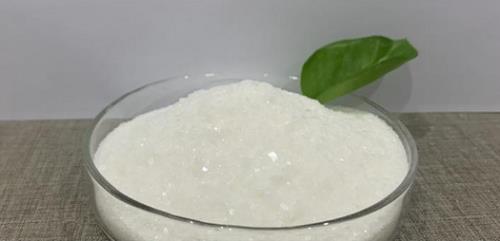Active Pharmaceutical Ingredients (API), popularly speaking, are the raw materials of medicines, only pharmaceutical raw materials are processed into pharmaceutical preparations , can they become medicines available for clinical use, so drugs we usually eat are the finished drugs through processing. Active Pharmaceutical Ingredients based on its sources can be divided into two major categories ,including chemical synthetic drugs and natural chemical drugs. Chemical synthetic drugs can be divided into organic synthetic drugs and inorganic synthetic drugs. Inorganic synthetic drugs are inorganic compounds ( very few is element), such as aluminum hydroxide, magnesium trisilicate which are used for the treatment of gastric and duodenal ulcers ; organic synthetic drugs are mainly composed of drugs made by basic organic chemical raw materials, through a series of organic chemical reactions (such as aspirin, chloramphenicol, caffeine, etc.). Natural chemical drugs ,based on its sources,can be divided into two categories including biochemical drugs and plant chemical drugs. Antibiotics are generally made by the microbial fermentation, which belongs to the biochemistry category. A variety of semi-synthetic antibiotics occurs in recent years,which are biosynthesis and chemical synthesis combining products.Among active Pharmaceutical Ingredients, the organic synthetic drugs varieties, yields and values have the largest proportion,which are the main pillars of the chemical and pharmaceutical industries. The quality of active Pharmaceutical Ingredients decides whether the formulation is good or bad , so its quality standards are very strict ,countries in the world have developed national pharmacopoeia standards and strict quality control methods for its widely used active Pharmaceutical ingredients.
Eptifibatide vs Tirofiban: the connection and difference between the two
Eptifibatide and Tirofiban are both glycoprotein IIb/IIIa (GpIIb/IIIa) receptor antagonists, which have been shown to downregulate platelet function during treatment to prevent thrombotic complication
Feb 28,2025 APIRecent applications of hydantoin in medicinal chemistry
Hydantoin, imidazolidine-2,4-dione, is a non-aromatic five-membered heterocycle, which is considered a valuable, privileged scaffold in medicinal chemistry.
Feb 28,2025 APIDL-Dithiothreitol: Synthesis and its Effects on DNA
DL-Dithiothreitol is a potent reducing agent widely exploited in molecular biology as an enzyme stabilizing agent.
Feb 28,2025 APITroxerutin for the Treatment of Chronic Diseases
Troxerutin has been reported to exert several pharmacological effects including antioxidant, anti-inflammatory, antihyperlipidemic, and nephroprotect.
Feb 28,2025 APILevonorgestrel: Medical Usage and Mechanism
Levonorgestrel is to be used as an emergency contraceptive or backup in case regular birth control fails or is used incorrectly.
Feb 28,2025 APIEsomeprazole in the Treatment of Gastroesophageal Reflux Disease
Esomeprazole is the latest PPI and was developed as the S-isomer of omeprazole as an attempt to improve its pharmacokinetic properties.
Feb 28,2025 APIProcaine hydrochloride–The Controversial Geroprotector Candidate
Procaine hydrochloride is a pharmaceutical medication belonging to the aminoester group of local anesthetics.
Feb 28,2025 APINattokinase: A Promising Alternative in Treatment of Cardiovascular Diseases
Nattokinase possesses a variety of favourable cardiovascular effects and the consumption of Natto has been linked to a reduction in CVD mortality.
Feb 28,2025 APITherapeutic Roles of Diosmin in Human Diseases
Diosmin is an anti-inflammatory plant compound that protects your body from free radicals and other unstable molecules.
Feb 28,2025 APIThe Synthesis and Hazards of 1,7-Dimethylxanthine
1,7-Dimethylxanthine is a naturally occurring alkaloid compound that can enhance alertness and reduce drowsiness.
Feb 27,2025 API












